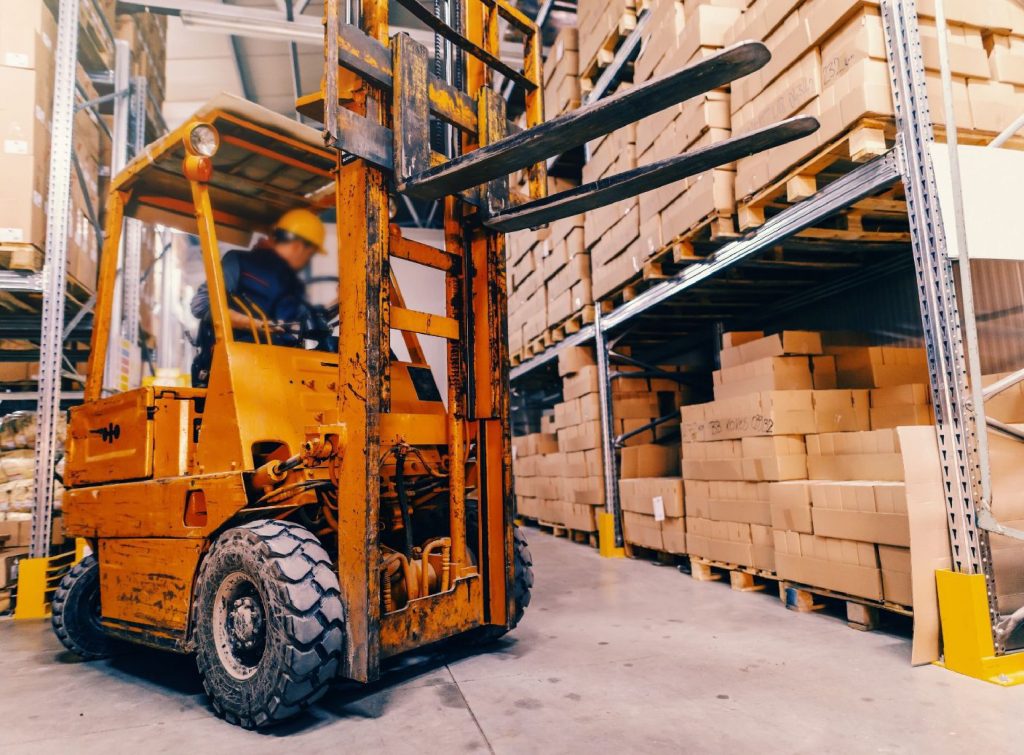Forklift Training & Certification
Understanding the Forklift Stability Triangle
Any instruction on the basics of forklifts would be incomplete without covering the center of gravity and the stability triangle. The stability triangle is an integral part of the safe operation of a forklift and is one of the first topics covered during any training. One of the hardest things for new lift truck operators to learn during forklift certification training is how to maintain their center of gravity within their stability triangle. Understanding the forklift stability triangle may be hard, but new drivers must fully understand it if they’re to become a veteran driver with an impeccable safety record.
What is the Stability Triangle?
Most counterbalanced forklifts have a three-point suspension system, meaning the two front wheels support the truck, also known as the load wheels, and the center of the steer axle. Imagine invisible lines connecting all three points into a triangle—this is the forklift’s stability triangle. When the lift truck’s center of gravity falls within the triangle, a load is safe to carry. When there is no load present, the truck’s center of gravity is firmly inside the triangle, which is under the driver’s seat. It’s important to note that as the forks rise, the center of gravity moves with them. Because of this, the stability triangle in effect becomes a pyramid. To keep the lift truck stable, the center of gravity must stay in the pyramid; if it moves outside the pyramid, the lift truck will tip over. You should never turn the truck with the load raised. Keeping the center of gravity low, approximately four inches off the ground will help ensure a stable load.
As you add weight to the forks, the center of gravity shifts closer to the front axle. Once the center of gravity reaches the front axle, it is at the edge of the stability triangle, and any movement of the center of gravity past the front axle will quickly make the forklift unsafe to operate. As the driver lifts the load in the air, the center of gravity shifts even more. At this point the higher in the air the load goes, the further outside the triangle the center of gravity goes.
Lateral Stability Matters
In addition to longitudinal stability, lateral stability is also important when operating a forklift. A forklift can tip over sideways if the center of gravity leaves the stability triangle. As such, it’s important to keep the center of gravity as close to the middle of the stability triangle as possible. The lateral stability affects carrying a load and it shifts when taking a corner too fast or making a sudden stop.
The forklift stability triangle is a fundamental concept that operators of counterbalanced lift trucks must understand. To maintain longitudinal and lateral stability, operators must be able to locate the center of gravity of a loaded truck and ensure that it falls within this imaginary triangle that spans the front axle to the center of the steer axle. The safe operation of the forklift is dependent on this knowledge and the ability to apply it.


This well-written piece not only delves into the crucial concept of forklift stability but also effectively communicates the importance of maintaining a proper balance to ensure safe and efficient operations.